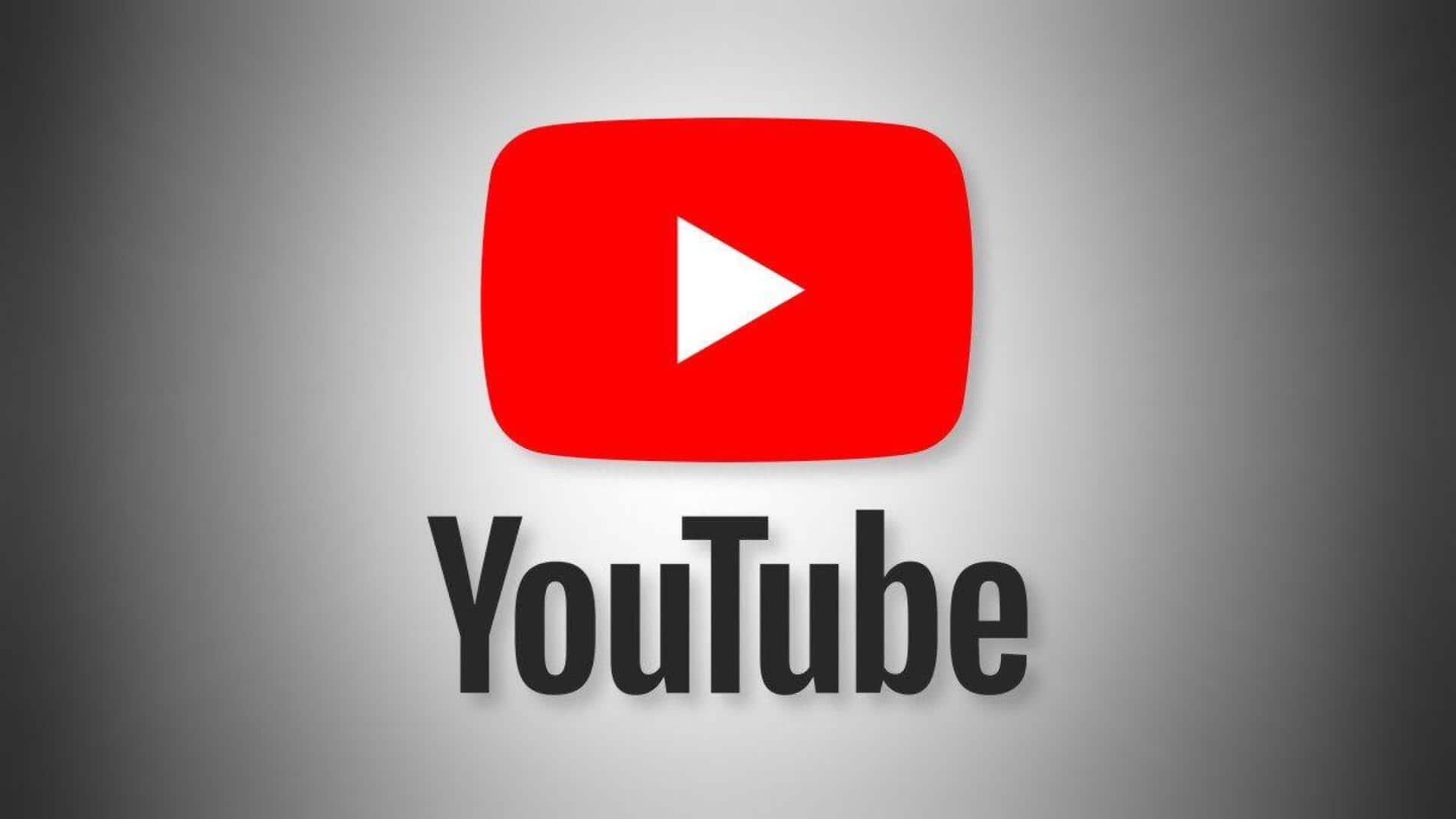
5 tips to live stream on YouTube like a pro
What's the story
YouTube's live streaming feature on Android provides a refreshing way to connect with audiences in real time. Be it hosting a Q&A session, sharing an event or just connecting with viewers, knowing the options of the platform can make your streaming experience even better. Here, we take a look at some key insights and tips to smoothly sail through YouTube's live stream features.
Step #1
Setting up your live stream
To kick off a live stream on YouTube from your Android device, make sure the latest version of the app is installed. Launch the app and tap on the camera icon at the top right corner. Choose "Go Live" and follow the prompts to configure your stream details like title, description, and privacy settings. Ensure your device has a stable internet connection for smooth streaming.
Step #2
Optimizing video quality
Maintaining high video quality is essential for keeping your viewers engaged during live streams. Make sure your camera lens is clean and use external lighting if needed. In settings, pick a resolution that offers a balance between quality and bandwidth; 720p is usually good enough for most streams without stressing your data limits.
Step #3
Engaging with your audience
Engaging with your audience while live streaming on YouTube can take your popularity to a whole new level. Use the platform's chat feature to respond to comments in real-time. Get your viewers involved by asking them questions or creating polls. These can easily be integrated into your stream via third-party apps, making the experience more interactive. This trick not only keeps people engaged but also makes your content dynamic.
Step #4
Monitoring stream performance
Monitoring performance metrics is critical for knowing how viewers interact with your stream and improving future live streams. Keep an eye on the viewer count and chat activity via the app interface while on air. Once your stream ends, get into post-stream analytics for insights on watch time, peak concurrent viewers, and audience retention rates. These metrics are gold for tailoring content to viewer preferences and improving engagement in future broadcasts.
Step #5
Managing stream settings efficiently
Efficient management of stream settings ensure smooth operation throughout your broadcast session. Get yourself acquainted with options like enabling monetization if eligible, or setting up age restrictions when necessary, before going live. Adjust latency settings according to interaction needs; lower latency allows quicker audience interaction but may affect video quality slightly, depending on network conditions.